Indian coriander, known as 'dhania' in India, is a fundamental spice and herb used in virtually every Indian dish. The seeds (coriander) and fresh leaves (cilantro) come from the same plant, Coriandrum sativum, and play distinct roles in Indian cuisine. This guide covers everything you need to know about Indian coriander, from its flavor profile and uses to buying tips and common mistakes to avoid.
Table of Contents
- What Is Coriander?
- Whole vs. Ground Coriander: Which One Should You Use?
- The Flavor Profile of Indian Coriander
- How to Use Coriander in Indian Cooking
- Buying Guide: Choosing the Best Coriander
- Top 10 Practical Tips for Using Coriander Like a Pro
- Common Mistakes to Avoid with Coriander
- FAQ: Everything You've Ever Wondered About Coriander in Indian Cooking
- Final Thoughts
What Is Coriander?
Coriander refers to both the seeds and leaves of the same plant, Coriandrum sativum. In India, it's widely known as 'dhania' and used extensively in regional cuisines—from north Indian garam masala to south Indian sambar powders.
- Coriander Seeds: These are dried and often toasted before grinding. They have a warm, nutty flavor with subtle citrus undertones.
- Coriander Leaves (Cilantro): The fresh green leaves used in garnishing and chutneys. Cilantro has a bright, herbal flavor with a slight soapiness for some people due to genetic taste receptors.
Whole vs. Ground Coriander: Which One Should You Use?
The form of coriander you choose depends on your recipe and how intense you want the flavor to be.
| Type | Flavor Intensity | Best For | Storage Life |
|---|---|---|---|
| Whole Seeds | Mild until toasted | Tempering (tadka), spice blends | Up to 3 years |
| Ground Powder | Strong and immediate | Dry rubs, marinades, curries | 6–12 months |
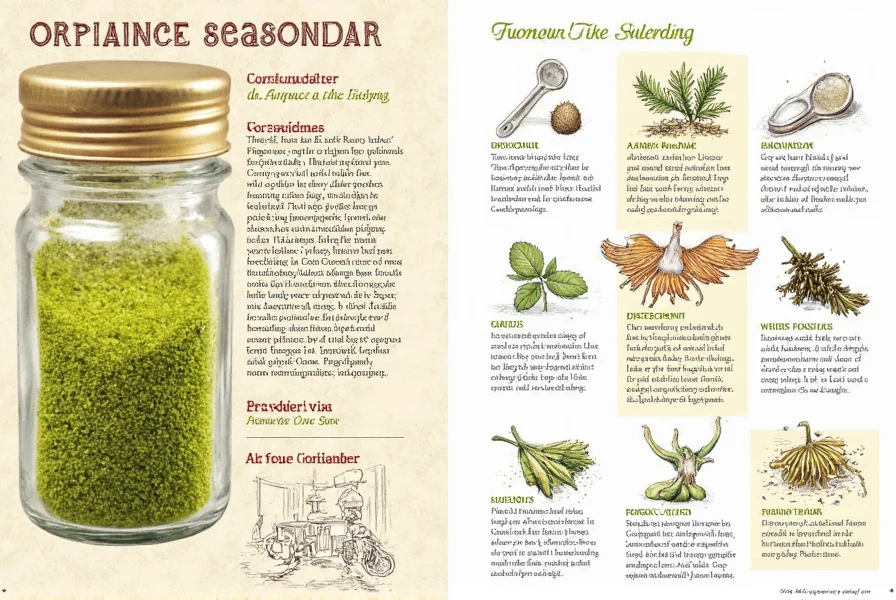
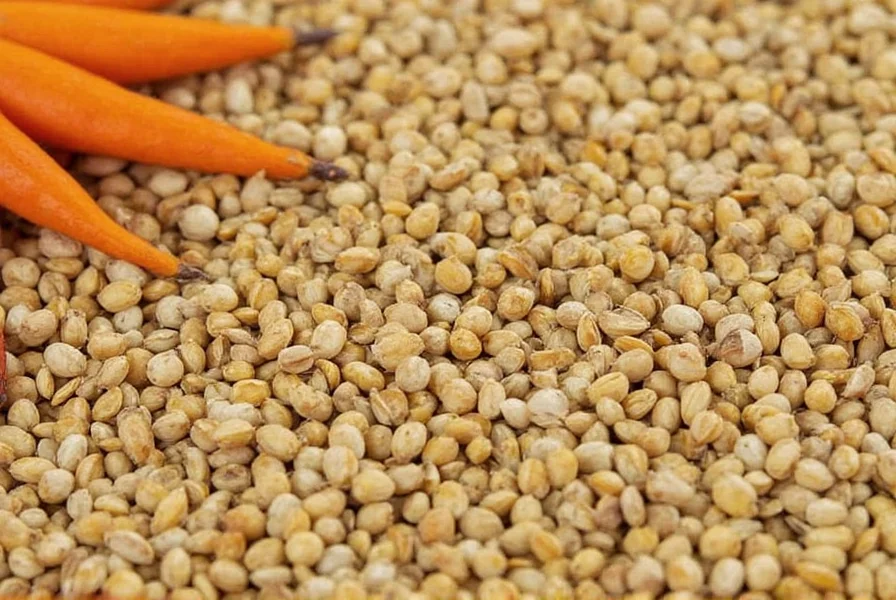
The Flavor Profile of Indian Coriander
Coriander brings a unique depth to food. It's not spicy, but it adds warmth and complexity. Here's a breakdown:
- Taste: Nutty, sweet, slightly peppery, with hints of citrus.
- Aroma: Earthy and floral after roasting.
- Pairings: Works well with turmeric, cumin, cardamom, ginger, and chili powder.
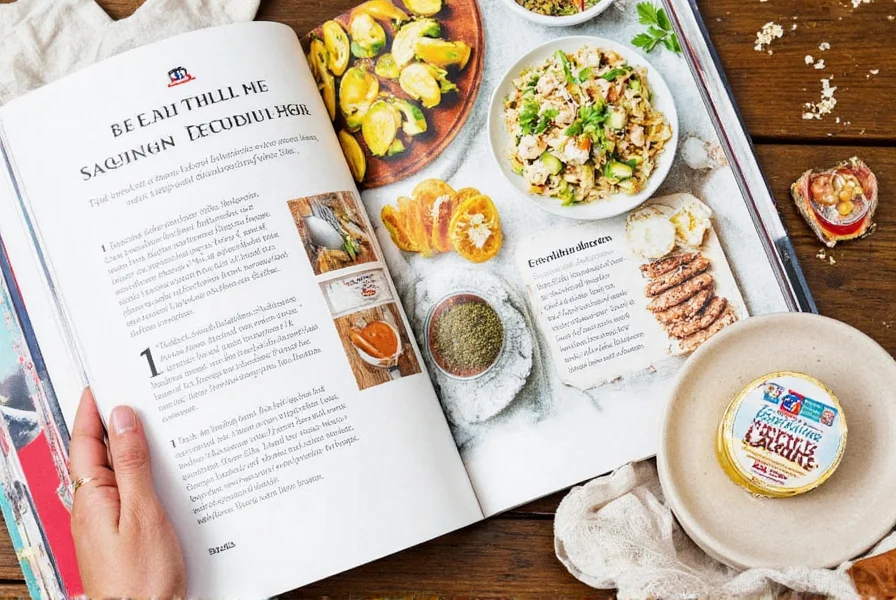
How to Use Coriander in Indian Cooking
Here's where coriander shines across different Indian dishes:
- Curries: Used in base masalas for gravies like chicken tikka masala or paneer butter masala.
- Chutneys: Fresh cilantro is key in mint-coriander chutney served with snacks like samosas.
- Dals & Lentils: Adds body to dal tadka or rasam.
- Breads: Sprinkled into naan or paratha dough for extra flavor.
- Snacks: Tossed into chaats or sprinkled over pav bhaji.
Buying Guide: Choosing the Best Coriander
Whether you're shopping for coriander seeds or fresh leaves, here's how to make the right pick:
- For Seeds: Look for plump, light brown seeds without cracks. Aromatically strong ones are usually fresher.
- For Powder: Buy from reputable brands that grind small batches. Avoid dull-colored powders; they're likely old.
- For Leaves: Choose vibrant green bunches without yellowing or wilting. Smell them—if it's pungent and fresh, go for it!
Recommended Brands:
| Product | Features | Use Case | Target Audience |
|---|---|---|---|
| Mazaar Whole Coriander Seeds | Fully organic, sustainably sourced from Rajasthan | Homemade spice blends, tempering | Cooks who value quality and authenticity |
| Vasant Masale Ground Coriander | Pure powder, finely milled, minimal dust | Curries, dals, breads | Home cooks and professional chefs |
| Karnataka Fresh Coriander Bunches | Grown under shade nets, crisp texture | Chutneys, garnishing, chaat toppings | Street food lovers, health-conscious eaters |
Top 10 Practical Tips for Using Coriander Like a Pro
- Toast the seeds lightly before grinding to enhance flavor and aroma.
- Don't confuse coriander with cumin—they're similar in appearance but distinct in flavor.
- Store coriander seeds in airtight jars away from sunlight to preserve potency.
- Freeze chopped coriander leaves in ice cube trays with water or oil for easy use later.
- Add ground coriander early in cooking to let flavors meld with other spices.
- Use fresh cilantro only at the end or as a garnish to retain its freshness.
- Make your own garam masala by blending coriander with cloves, cinnamon, and cardamom.
- Rub coriander on meat along with salt and pepper for an aromatic marinade.
- Try coriander tea for digestion—simply steep roasted seeds in hot water.
- Substitute with caraway in a pinch if coriander isn't available (though the flavor will be stronger).
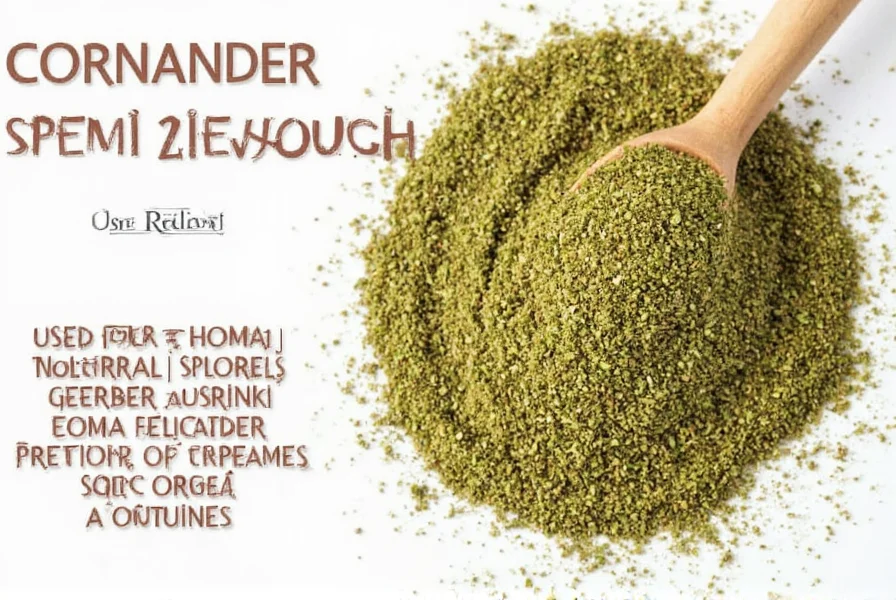
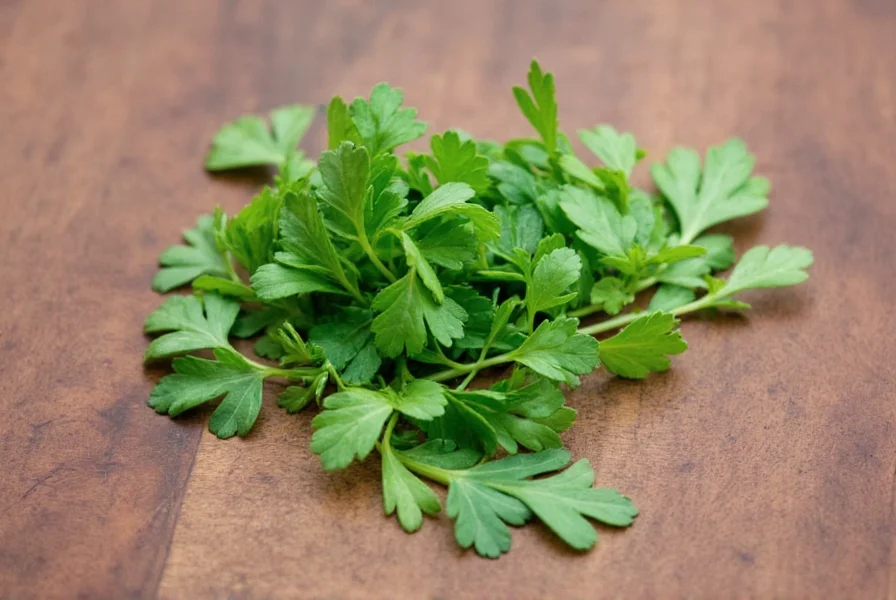
Common Mistakes to Avoid with Coriander
- Overheating the seeds during toasting, which can burn the oils and create bitterness.
- Using stale powder that's been sitting too long, resulting in flat flavor.
- Mixing up coriander and parsley in garnishing—check leaf shape to avoid blunders.
- Using too much—coriander should support the dish, not overpower it.
FAQ: Everything You've Ever Wondered About Coriander in Indian Cooking
Q: Is coriander the same as cilantro?
A: Yes and no! Coriander refers to the entire plant, while cilantro specifically refers to the fresh leaves. In India, the seeds are called "coriander" and the leaves are commonly known as "dhania" or "hara dhania" (green coriander).
Q: What's the difference between "coriander" and "dhania" in Indian cooking?
A: In India, "coriander" typically refers to the dried seeds, while "dhania" (or "hara dhania" for fresh) refers to the fresh leaves. This distinction is important in Indian recipes where specific forms are required. Many traditional Indian recipes will specify "coriander powder" or "fresh dhania" to avoid confusion.
Q: Can I substitute coriander seeds with powder?
A: Yes, but use less powder than seeds since it's more concentrated. As a general rule, 1 teaspoon of ground coriander equals 1.5 teaspoons of whole seeds. Remember that freshly ground will always have more vibrant flavor than pre-ground. For the best results in Indian cooking, toast whole seeds and grind them just before use.
Q: How much coriander should I use in traditional Indian recipes?
A: Most Indian curry recipes call for 1-2 tablespoons of ground coriander per 4 servings. For tempering (tadka), 1 teaspoon of whole seeds is typical. The amount can vary by region - South Indian recipes often use less coriander than North Indian ones. In spice blends like garam masala, coriander typically makes up about 30-40% of the mixture.
Q: Does coriander help with digestion?
A: Yes! It contains compounds that aid digestion and reduce bloating—hence its common use in post-meal teas across India. Coriander water is a traditional home remedy for digestive issues in many Indian households. In Ayurveda, roasted coriander seeds are often recommended after meals to improve digestion and reduce gas.
Q: What's the best way to store coriander leaves?
A: Wrap them in a damp paper towel and keep them in a plastic bag in the fridge, or freeze them in cubes. For longer storage, blend fresh coriander with a little water and freeze in ice cube trays - these can be added directly to curries while cooking. In Indian kitchens, it's common to store fresh coriander upright in a glass with water (like flowers) and cover loosely with a plastic bag.
Q: Why does coriander taste soapy to some people?
A: Some individuals have a genetic trait that makes them detect aldehydes in coriander, giving it a soapy note. This affects about 20% of the Indian population. If you experience this, try using coriander seeds instead of fresh leaves, as the seeds don't contain the same compounds that trigger this reaction. Cooking the leaves can also reduce this effect for some people.
Q: What are the key Indian dishes where coriander is essential?
A: Coriander is essential in virtually all Indian curries, dals, and spice blends. Key dishes include butter chicken, chana masala, palak paneer, sambar, rasam, and most varieties of biryani. It's also fundamental in garam masala and many regional spice mixes. In South India, coriander is crucial for sambar powder and rasam powder, while in North India it's indispensable in curry bases and tandoori marinades.
Q: How does Indian coriander differ from coriander used in other global cuisines?
A: Indian coriander (particularly from Rajasthan and Gujarat) tends to have a stronger citrus note compared to Mediterranean varieties. In Indian cooking, coriander is used more liberally and in different forms (both seeds and fresh leaves) than in many other cuisines where it might only be used as a garnish. Indian recipes often use coriander as a foundational spice rather than just a finishing touch.
Q: What are common spice pairings with coriander in Indian cooking?
A: Coriander pairs beautifully with cumin (the classic "dhania-jeera" combo), turmeric, ginger, garlic, and chili. In South Indian cooking, it's often paired with mustard seeds and curry leaves, while in North Indian recipes it works with garam masala components like cardamom and cloves. The combination of coriander, cumin, and red chili powder forms the "holy trinity" of North Indian cooking.
Final Thoughts
From its humble origins to its indispensable role in Indian kitchens, coriander is more than just a spice—it's a culinary cornerstone. With these tips, tricks, and buying advice, you're now ready to harness the full potential of Indian coriander in your next meal. Whether you're making a fiery vindaloo or a soothing korma, remember: coriander might just be the secret ingredient your dish needs.
Now go ahead—grab those seeds, toss in some cilantro, and let your kitchen smell like a corner of India!










 浙公网安备
33010002000092号
浙公网安备
33010002000092号 浙B2-20120091-4
浙B2-20120091-4